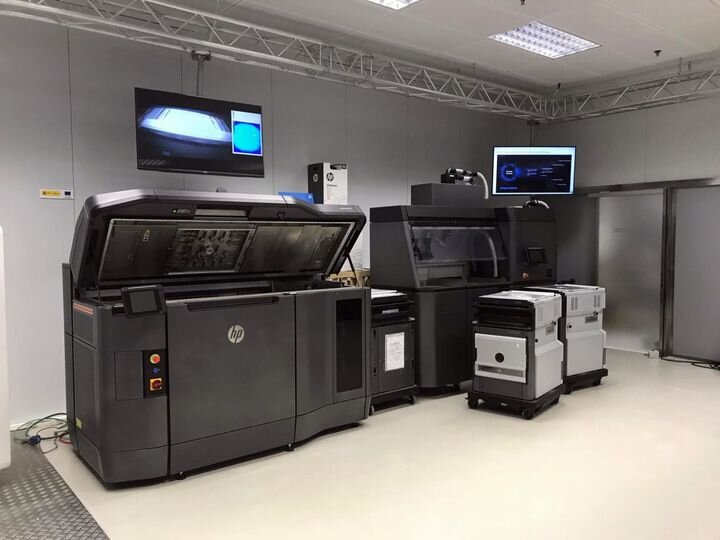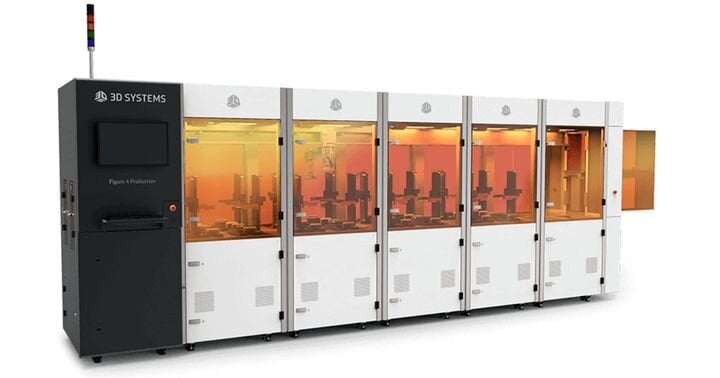
The open source/proprietary debate has come to the AM space. Which ecosystem is best?
Additive manufacturing (AM) has been on the rise across a variety of sectors in the last half decade, and it’s fair to say that the technology’s early adoption period is in the rear view mirror for most industries. As has been the case in many industries over time, the maturation of the AM market has led to a spike in consolidation among vendors in both metal- and polymer-based 3D printing.
Alongside these consolidating moves has come the great debate of the digital age—namely, is it more advantageous to offer an open or proprietary system to the market?
Given that the terms of this debate have been well established in the historiography of tech, one has to wonder whether an open or a proprietary paradigm for materials is best suited for the further development and adoption of AM for large-scale manufacturing?
The Proprietary Model—An Argument for Confidence and Repeatability
Up until the last decade, AM was seen by many in the manufacturing sector as an interesting, fledgling and mostly unscalable industrial production technology. During those dark and lonely years, AM companies worked diligently to refine their printing technology, develop post-processing solutions that were fast, and formulate materials that performed reliably.
Over the course of many decades of research and development, numerous advancements in printing, post-processing and materials have occurred and the overall confidence of AM users has swelled in response.
Understandably, companies that have been at the forefront of AM technology development have been protective of the intellectual property they’ve developed over these long years and want to capitalize on the market they’ve helped develop. Critical to this capitalization is the closed architecture of the print systems and sole distribution of the materials and processing solutions used by AM machine manufacturers’ own products.
The argument from the proprietary side makes good sense.
Proprietary systems offer the stability, repeatability and traceability that give industrial manufacturers and their customers comfort. While working within a proprietary ecosystem, engineers and designers can be confident that when they make a manufacturing or material choice, their choice will perform.

Ed Horelano, VP of Materials and R&D at 3D Systems, supports the proprietary model by taking it one step further: “Our solutions have a reputation for delivering precise, accurate parts more efficiently with a lower total cost of operation—and we back them up with expertise and support from our application engineers and service teams. Therefore, if a customer is experiencing challenges with their printer, or they need support for revising a design, or addressing a new application—they have one partner to contact for all of these opportunities. We blend expertise and experience to make our customers’ innovation efficient.”
The Open Model: The Market Wants Options
According to John Kawola, former CEO of Z Corporation and current CEO of Boston Micro Fabrication, “If you go back to 2008, basically all the companies on the plastics side were using proprietary materials—3D Systems, Stratasys, I worked for a company at that time called Z Corporation—we all had our own materials,” Kawola explained. “From a vendor point of view, it was beautiful: customers can only buy from you, gross margins are high and there’s no sales cost. But if you stepped back and looked at all of the materials scientists working in the industry at that time, there were maybe dozens, certainly not hundreds.”
Read more at ENGINEERING.com

